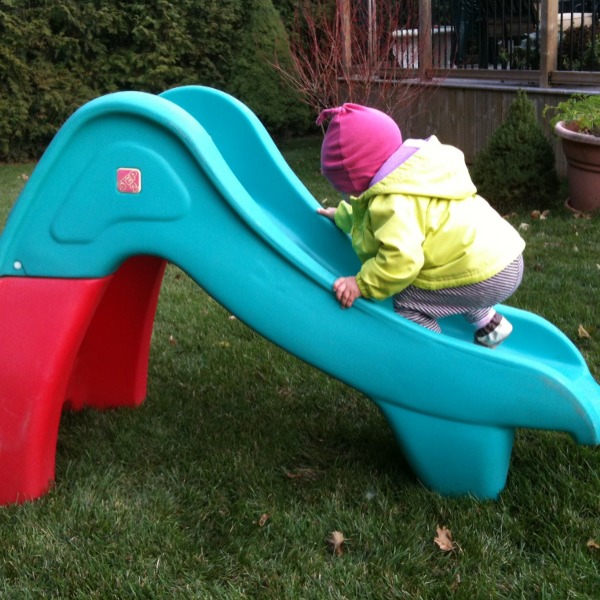By continuing to use our site, you consent to the processing of cookies, user data (location information, type and version of the OS, the type and version of the browser, the type of device and the resolution of its screen, the source of where the user came from, from which site or for what advertisement, language OS and Browser, which pages are opened and to which buttons the user presses, ip-address) for the purpose of site functioning, retargeting and statistical surveys and reviews. If you do not want your data to be processed, please leave the site.
The Voice of People With Breast Cancer
Education
Our Voices Blog
Category : Stories
On Be the Choice
I was diagnosed with breast cancer in February 2016. My understanding of the language of breast cancer that allowed me to fully comprehend my diagnosis and treatment options, came long after the news. Long after the radiologist told me that my mammogram was “highly suspicious for cancer.” Long after the surgeon doing my breast biopsy spelled out that I had a mass in my left breast, at least two enlarged lymph nodes, and was facing “a very difficult year.” Using that language now, I had locally advanced, hormone responsive, HER2 negative, stage 2, invasive ductal carcinoma: T2N1. After that difficult year (and more), my cancer is in remission.
Understanding Biosimilars from a fellow breast cancer patient
As a breast cancer survivor and board member of CBCN, I am very interested in how biosimilars will be used in breast cancer treatment in Canada. While not commonly understood today, biosimilars will soon be a household discussion among breast cancer patients. As patients, it is important for us to know how biosimilars will be used to treat cancer, especially if they are going to be used as effective alternatives to brand name treatments. Here are some of the points that I think are important for us, as patients, to consider.
What you need to know: Accessing clinical trials out of province and out of country
I have been living with metastatic breast cancer for over eight years. While I am usually averse to using battle analogies for living with and dying from cancer, finding the best care has required a fight, considerable perseverance, and hard work. Fortunately, my ER+/PR+ tumours (pleura/liver/lymph) have responded well, but not great, to hormonal therapies. I’m onto my seventh line of treatment.
The importance of knowing you have dense breasts
I went for my regularly scheduled mammogram in April 2014. The notice I received for my mammogram stated that I was to be screened annually because I had 'dense breast tissue’. This was the first time I had heard that term. When I went for my mammogram in Regina, I told the tech that my letter stated that I had 'dense breast tissue’. After the mammogram, she looked at the images and said yes, “dense breasts.” I had no idea what this meant for me, but I was to find out soon.
Nerve damage is a little-known side effect of radiation
About 10 years ago, Charlotte Pennell was pruning bushes in her garden in Winnipeg. One branch seemed especially tough to cut. Then she looked down and saw that she was cutting her finger. She was horrified that she had so little feeling in her hand.
The flying trapeze artist: Hanging in thin air, waiting for the rest of my life to begin
For Jenn Abbott, finishing treatment for breast cancer is like a flying trapeze. Having received her “NED” (no evidence of disease), she is in mid-air, no longer holding on to the bar that represents the medical team that saved her life, while at the same time, not yet catching the second bar that represents the rest of her life after cancer. She is in limbo, facing post-traumatic stress disorder brought on by her cancer treatment which included five surgeries and a severe adverse reaction to chemotherapy that meant she had to stay in the hospital for two weeks. She feels PTSD after cancer treatment is real.
Surviving breast cancer and living with lymphedema
January 4, 2010, I became a fly on the wall. I was at my surgeon’s getting results from my biopsy. It was supposed to be a quick appointment as the initial needle test of fluid prior to the biopsy was negative for cancer, or so we thought. I remember hearing the doctor telling me “unfortunately it was cancer….” I felt like I was having an out of body experience. I was there but literally watching over my body and the doctor from a distance. My world suddenly changed both physically and mentally.
Living like I’m dying
I’m from Ottawa. I was diagnosed de novo in March 2011 with metastatic breast cancer and metastasis to the bone. I am 53 years old. I am a mother, daughter, sister, artist, lesbian, atheist, and gardener.
Medical marijuana gives a metastatic patient relief from pain, hot flashes, and sleeplessness
Cindy Blondeau of Moosomin, Saskatchewan is pleased that the federal government is legalizing marijuana. For this metastatic breast cancer patient, pure CBD oil from this plant works better than any other painkillers that she has tried.
Rethinking the slippery slope: resilience, metastatic breast cancer, and me
“Go UP the stairs. Slide DOWN the slide. No, Sweetie. Go UP the STAIRS.” She could barely walk, but she was climbing up the slide. Then, and now. Spend ten minutes at a playground, and the appeal of climbing up the face of the slide is undeniable. I am acutely aware of the dangers of falling off the slide, the risks of children bumping into each other. I vaguely remember falling off a slide, decades ago--one of the old, tall ones—before playgrounds had soft surfaces. I like to see everyone going in the same direction. Up the stairs. Down the slide. Nice, orderly, predictable, and safe.

.jpg)


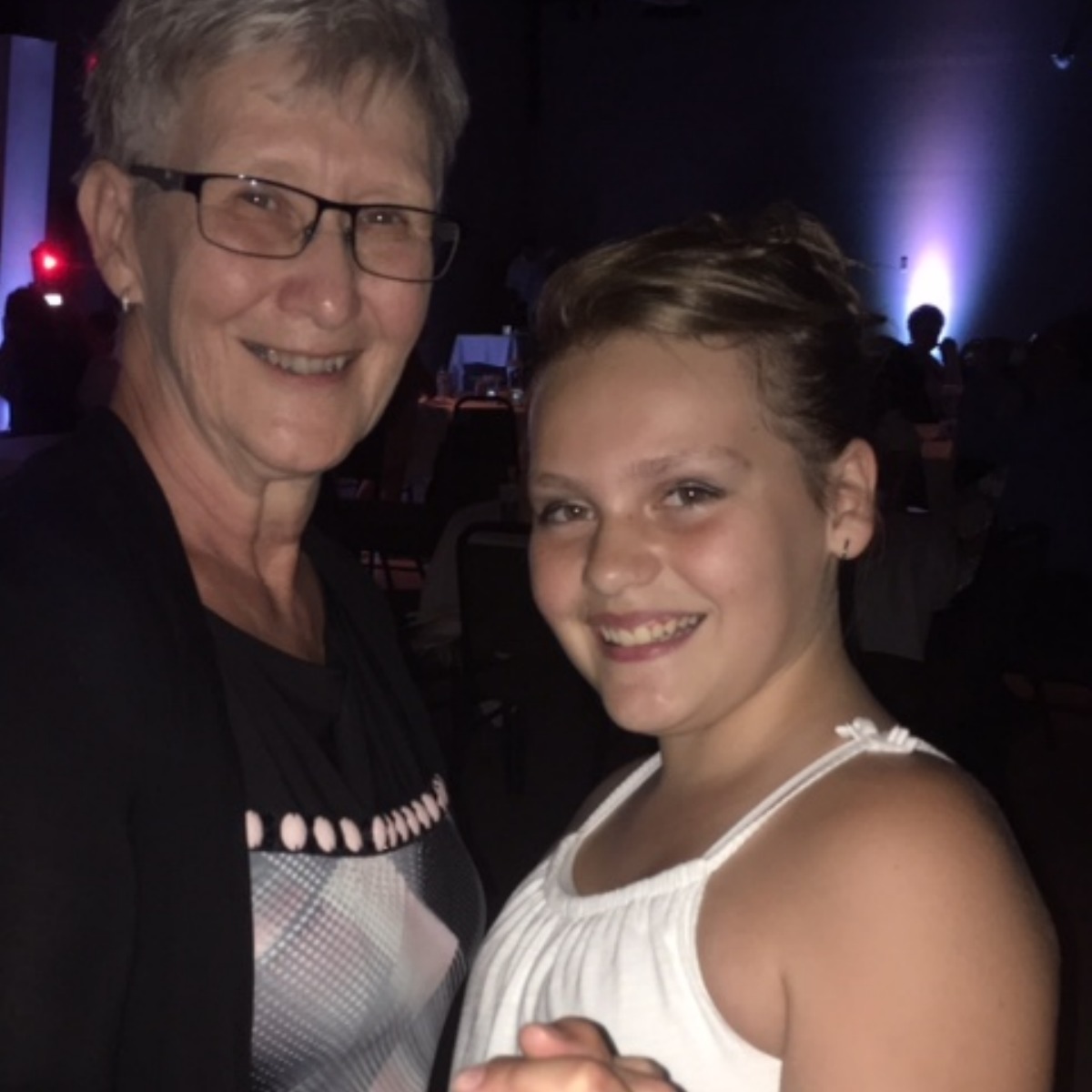
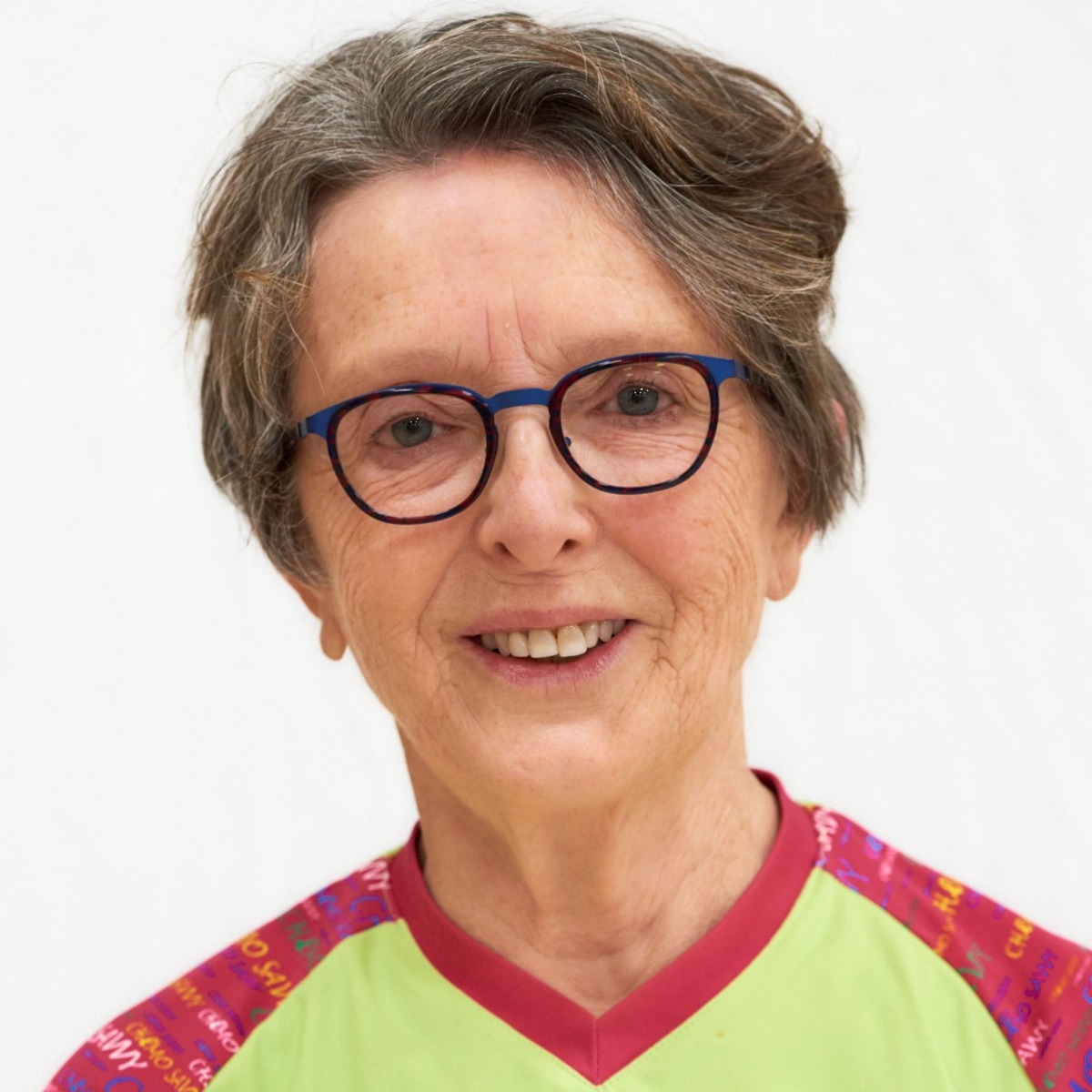
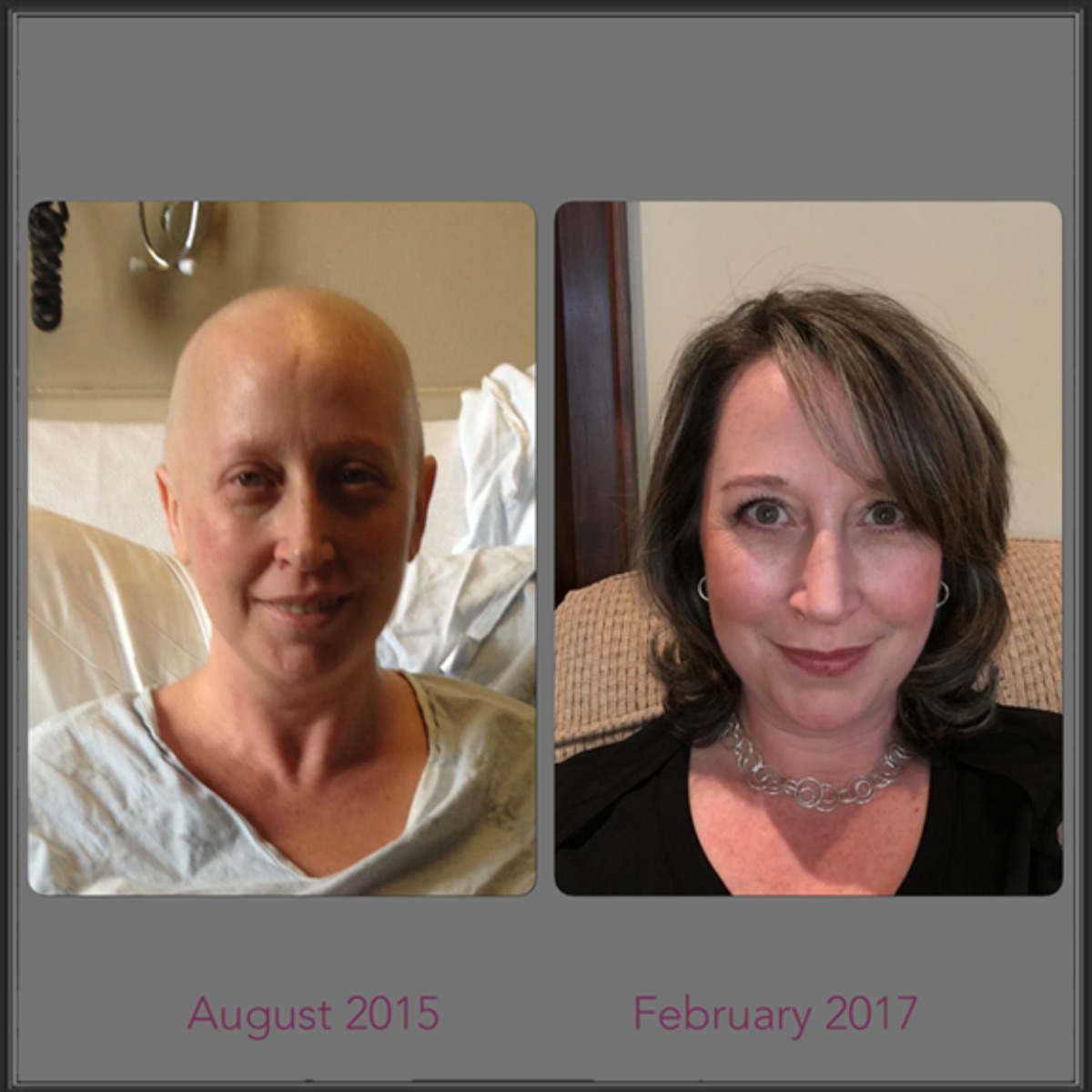
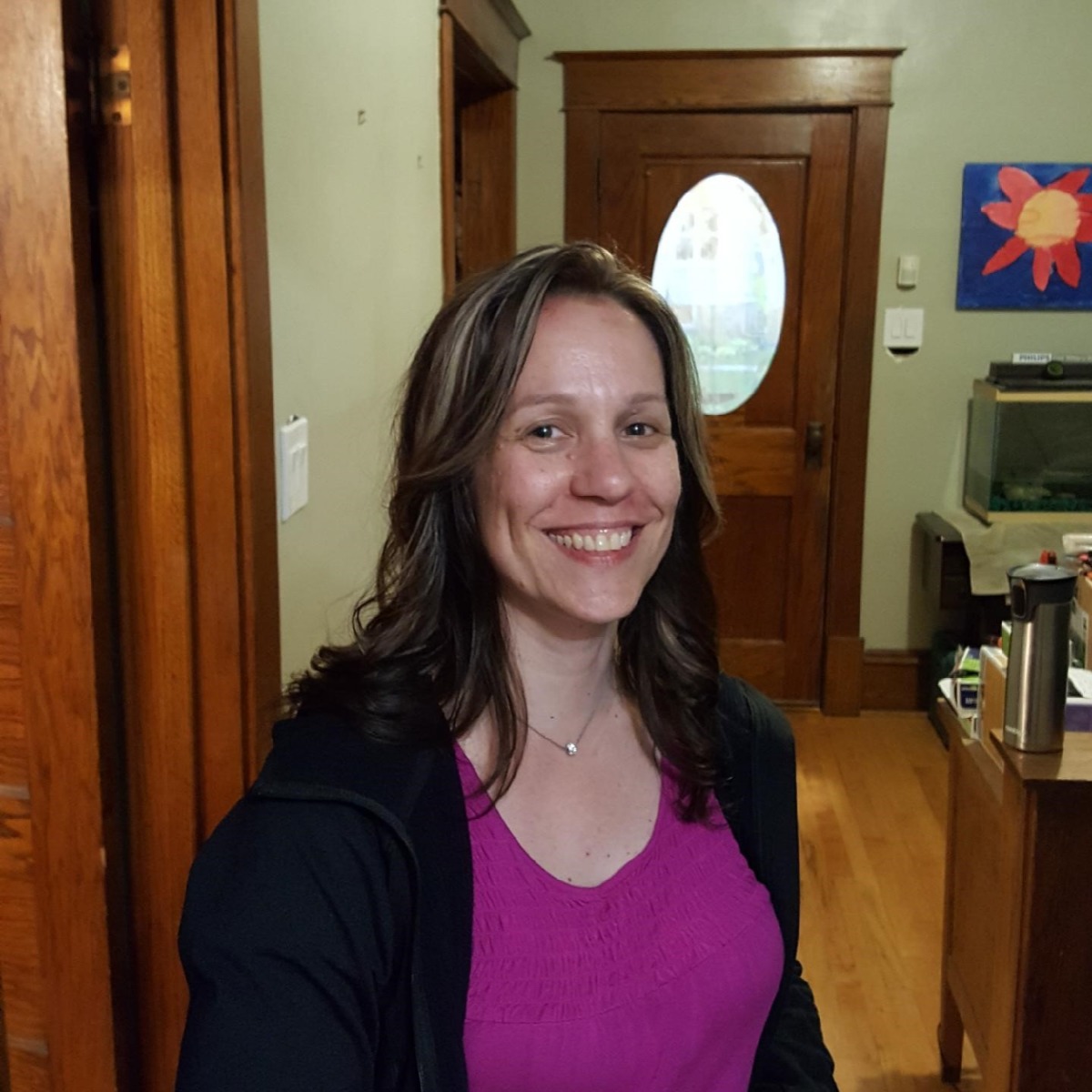
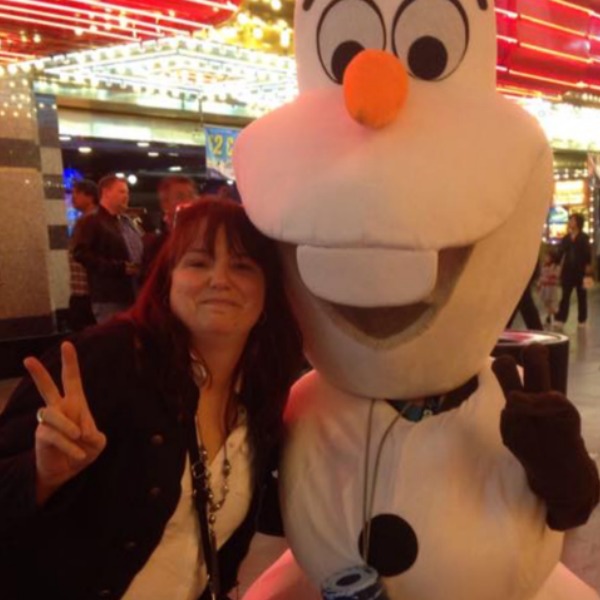
.jpeg)
